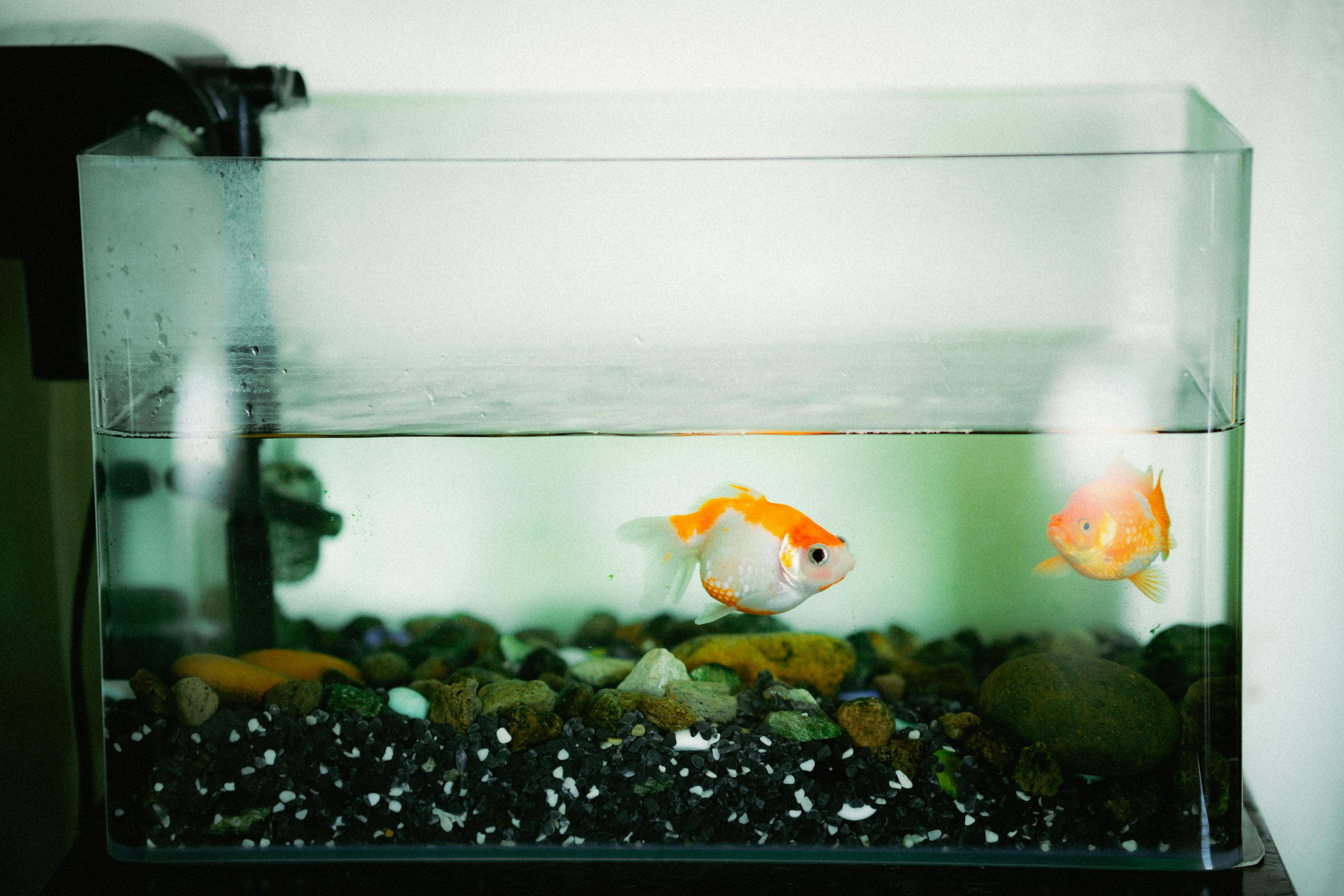Table of Contents
![]()
I. Introduction
A frag tank is a specialized aquarium designed for propagating coral frags—small pieces of coral cut from larger colonies. These tanks serve multiple purposes, including growing corals for personal enjoyment, contributing to reef restoration efforts, and providing corals for sale in the aquarium trade. Setting up a frag tank can be a rewarding venture, allowing aquarists to cultivate their own corals and share their passion for marine life.
II. Planning Your Frag Tank
A. Determine Your Goals
Before diving into the setup, it’s essential to clarify your objectives. Are you interested in propagating specific coral species, or do you want to explore a broader range? Additionally, consider whether you plan to operate on a hobbyist scale or pursue commercial endeavors.
B. Budget Considerations
Establishing a budget is crucial. Account for both initial setup costs—such as the tank, equipment, and livestock—and ongoing maintenance expenses, including electricity, food, and supplies. A clear budget will help guide your decisions throughout the process.
III. Selecting the Right Equipment
A. Tank Size and Type
Choosing the appropriate tank size is vital for successful coral propagation. A standard glass or acrylic tank can suffice, but consider dimensions that allow ample space for growth and easy maintenance. A common size for frag tanks is around 20 to 40 gallons, providing a manageable yet effective environment.
B. Filtration System
An effective filtration system is essential for maintaining water quality. Options include canister filters, sumps, and hang-on-back filters. A protein skimmer is also crucial, as it removes organic waste and helps keep water parameters stable.
C. Lighting
Corals require specific light spectrums for photosynthesis. LED lights are popular due to their energy efficiency and customizable spectrums, while T5 and metal halide lights are also viable options. Research the light requirements for your chosen coral species to ensure optimal growth.
D. Heating and Temperature Control
Maintaining a stable temperature is vital for coral health. Depending on your climate, you may need a heater or a chiller. Most corals thrive in temperatures between 75°F and 82°F (24°C to 28°C), so invest in reliable temperature control equipment.
E. Water Movement
Proper water movement is crucial for nutrient distribution and coral health. Use powerheads or wavemakers to create gentle flow throughout the tank, mimicking natural reef conditions. Ensure that the flow rate is suitable for the specific corals you plan to keep.
IV. Setting Up the Tank
A. Tank Location
Choose an appropriate location for your frag tank, considering access to power outlets, water sources, and natural light (though direct sunlight should be avoided). Ensure the surface can support the tank’s weight when filled.
B. Hardscape Design
Decide on the substrate type, whether sand or bare bottom, based on your preferences and the needs of your corals. Arrange rocks and frag plugs to create a visually appealing design that also allows for proper water flow and light penetration.
C. Installing Equipment
Once the tank is in place, install your filtration system, pumps, and lighting. Follow the manufacturer’s instructions for each component to ensure proper setup and functionality.
V. Water Chemistry and Preparation
A. Choosing the Right Water
Using the right water is critical for your frag tank. Reverse osmosis/deionized (RO/DI) water is recommended to eliminate impurities. Select a high-quality salt mix designed for reef tanks to prepare your seawater.
B. Cycling the Tank
Before adding corals, the tank must undergo cycling, which establishes beneficial bacteria that convert harmful ammonia into less toxic compounds. Monitor ammonia, nitrite, and nitrate levels during this process, typically taking 4 to 6 weeks.
C. Maintaining Parameters
Regularly test water parameters, including salinity, pH, alkalinity, calcium, and magnesium. Keeping these levels stable is essential for coral health, and adjustments may be necessary based on test results.
VI. Acclimating and Adding Corals
A. Selecting Corals
Choose corals that match your skill level and tank conditions. Beginner-friendly species like zoanthids and mushrooms are good options. When sourcing corals, consider local fish stores, online vendors, or fellow hobbyists.
B. Acclimation Process
Acclimating corals is crucial to prevent shock. Begin with temperature acclimation by floating the coral in its transport bag in your tank for about 15 minutes. Follow this with light acclimation by gradually introducing them to your tank’s lighting conditions.
C. Placement Strategies
Corals have varying light and flow requirements, so research each species before placement. Group similar corals to cater to their specific needs, ensuring that all corals receive adequate light and flow.
VII. Maintenance and Care
A. Regular Maintenance Tasks
To keep your frag tank thriving, perform regular maintenance tasks. This includes scheduled water changes (typically 10-20% weekly), cleaning equipment like skimmers and filters, and checking water parameters frequently.
B. Monitoring Coral Health
Regularly observe your corals for signs of stress or disease, such as discoloration or unusual growth patterns. Address any issues promptly by adjusting water conditions or consulting resources for solutions.
C. Pruning and Fragging Techniques
When corals outgrow their space, consider fragging. Use sterile tools to cut pieces from healthy corals, and place them on frag plugs or in designated areas. Follow best practices for handling corals to minimize stress.
VIII. Troubleshooting Common Issues
A. Algae Growth
Algae can be a common issue in frag tanks. To manage it, maintain proper nutrient levels, limit light exposure, and consider adding herbivorous fish or invertebrates that consume algae.
B. Coral Bleaching and Stress
Coral bleaching can occur due to changes in light, temperature, or water quality. Identify the cause quickly and make necessary adjustments to prevent further stress and promote recovery.
C. Equipment Failures
Equipment failures can disrupt tank conditions. Regularly check and maintain all equipment to minimize the risk of malfunctions. Have backup equipment on hand if possible, such as spare heaters or pumps.
IX. Conclusion
Setting up a frag tank can be an enriching experience that fosters a deeper appreciation for marine life. By following the steps outlined above, you’ll create a thriving environment for coral propagation. Remember to stay informed and engaged with the aquarist community, as shared knowledge can greatly enhance your frag tank journey.
Share This





Be the first to comment